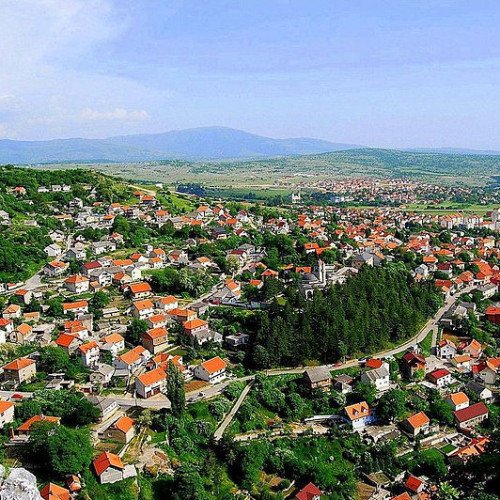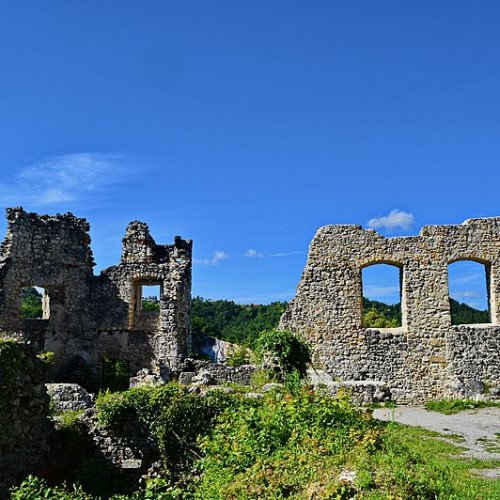Castles of "Bosnia and Herzegovina" LIVNO vs SAMOBOR CASTLE

LIVNO
Livno (Cyrillic: Ливно, pronounced ) is a city and the administrative center of Canton 10 of the Federation of Bosnia and Herzegovina, an entity of Bosnia and Herzegovina. It is situated on the river Bistrica in the southeastern edge of the Livno Field at the foot of Kruzi plateau which are located beneath the Cincar mountain and rocky hill Crvenice, it is the centre of the Canton 10 which mainly covers an area of the historical and geographical region of Tropolje. As of 2013, it has a population of 37,487 inhabitants. The town, with the remains of the antique architecture and the old town from the 9th century, first mentioned in 892, developed at the crossroads of roads between the Adriatic coast and inland, i.e., regions of Bosnia, Dalmatia, Herzegovina and Krajina. The plains of Livno have been populated since approximately 2000 BC. In the late Bronze Age, the Neolithic population was replaced by more Indo-European tribes known as the Illyrians. The region was inhabited by Illyrian tribe of Dalmatae which capital was Delminium in today's Tomislavgrad. They left remains that testify about their presence in this area. The most important of them are the gradine, remains of Illyrian settlements which were distributed along the Livno Field. The three most important are Velika gradina, Mala gradina and Kasalov gradac. After the Roman conquest of the area, it was part of the province of Dalmatia. During the twenties of the first century AD, Roman government built a road connecting Salona, a city on the coast with Servitium, a city at the peripanonic lowlands. Its route passed through the Livno Field where two road stations have been established. The station of Pelva was located at the area of village Lištani and in the area of Livno station Bariduo was based. Livno celebrates its founding date as 28 September 892 AD, being mentioned in a document from Duke Mutimir which was released at that time. It was the centre of Hlebiana (ή Χλεβίανα) županija (province) of the Kingdom of Croatia, as mentioned in the tenth century work De Administrando Imperio (chapter 30). From 1199 Emeric until 1326 Mladen II Šubić of Bribir, who was a resident of Livno, it was part of the Chelmensis territory. From 1326 until 1463 Livno was part of the Bosnian Kingdom. One of the noble families of the Bosnian Kingdom bought Livno, Duvno, and Kupres (12th to 13th century) then called "Tropolje," (Three Fields).
Statistics for this Xoptio

SAMOBOR CASTLE
Samobor Castle is a ruined castle atop of Tepec hill in Samobor, Croatia. It lies only a 10-minute walk away from the city centre. Remains of the old castle moat are still visible, as well as the massive entrance and most of the walls. The castle was built on a hill above the crossroads of then important routes in the northwestern corner of the Sava valley, above the medieval market town of Samobor. The castle was erected by the supporters of Czech king, Ottokar II of Bohemia, between 1260 and 1264, who was then in a war with Hungarian king Stephen V. Croatian-Hungarian forces under command of duke of Okić soon retook the castle, for which he was granted the city of Samobor, as well as the privilege to collect local taxes. The fortification was originally a stone fortress built on solid rock - in an irregular and indented layout, which consists of three parts, out of which the central core represents the oldest part of the castle. In the southeastern part of the core there was a high guard tower (nowadays in ruins), which is the only remaining original part of Ottokar castle. Just next to the guard tower lies a semicircular tower with a small gothic chapel of St. Ana which is estimated to be built in third decade of the 16th century.